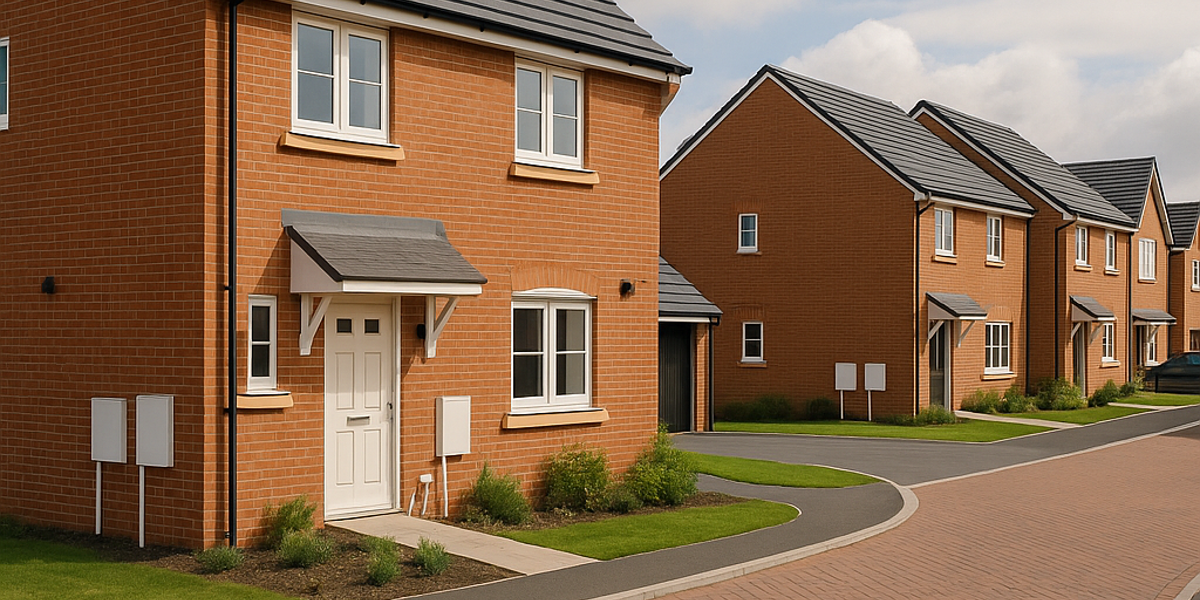New figures showing planning approvals for new homes in England have dropped to their lowest level in 13 years signal a sobering reality for the Labour government as it embarks on one of its most ambitious pledges: to build 1.5m homes in this five-year parliament.
According to data compiled for the Home Builders Federation (HBF), just 39,170 homes received planning approval in the first quarter of 2025. This marks a 55% fall compared to the previous quarter and a 32% year-on-year drop. It also represents the lowest quarterly figure since 2012 – a period still reeling from the financial crisis.
Annual target of 300,000 homes
The figures raise urgent questions about the government’s ability to meet its annual target of 300,000 new homes. The rolling annual total of homes granted detailed planning approval is now 225,067 – already falling short by a significant margin, and heading in the wrong direction.
HBF chief executive Neil Jefferson described the figures as “disastrous” and warned that without “urgent interventions,” the UK would fail to deliver the homes it “desperately needs.” He pointed to a range of factors choking supply – from a lack of mortgage support for first-time buyers to mounting taxes and building levies that are disincentivising developers.
Taking up to a year to process
Adding to the complexity is the slow pace of local planning authorities and regulatory bodies. The Royal Institution of Chartered Surveyors (RICS) and the British Property Federation have both raised alarm about delays – some planning applications now taking up to a year to process. The sector’s call for greater resourcing and regulatory efficiency is growing louder.
Labour has moved to reset the policy environment. Last year’s reforms to the National Planning Policy Framework reinstated local housing targets, and a planning and infrastructure bill is working its way through Parliament. But industry voices warn that legislative changes must be matched by action on the ground. “Clarity” and “capacity” are now the watchwords.
Zoning reform, infrastructure investment, and streamlined approvals have all been mooted – but these require both political will and administrative horsepower. Meanwhile, developers are contending with new environmental requirements such as the Future Homes Standard, which further complicates delivery timelines and budgets.
Private sector hesitation
With the private sector showing signs of hesitation and local planning bottlenecks intensifying, the challenge of scaling up quickly is steep. The government’s promise is bold, but every month of delay makes it harder to recover lost ground.
As the housing crisis deepens, the pressure to perform is building. And for a government staking its credibility on delivery, one thing is certain: the clock is ticking.






